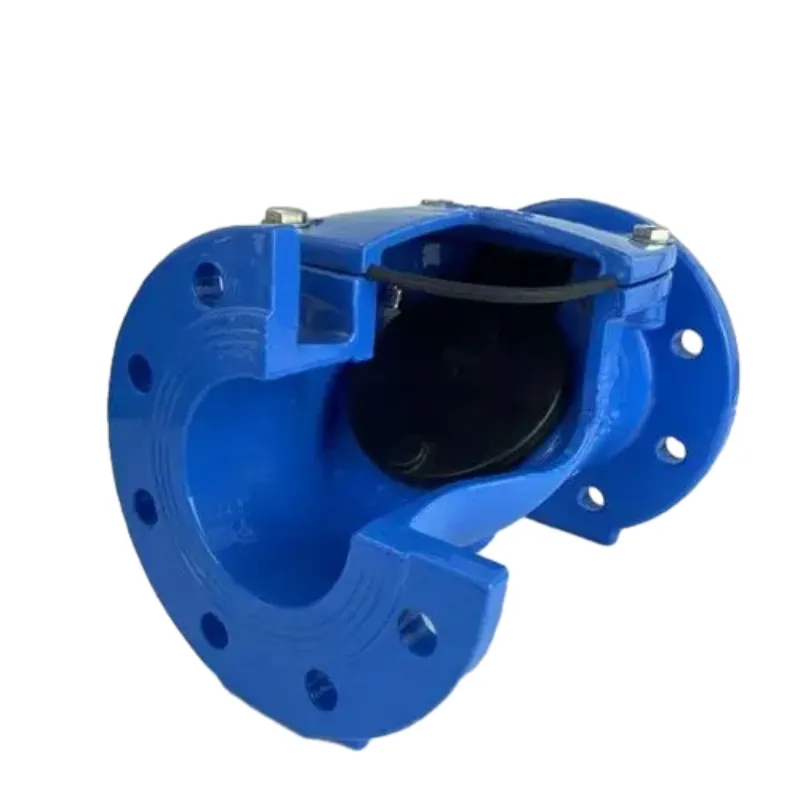Sep . 05, 2024 19:43 Back to list
Understanding Control Valves and Their Types
Control Valve and Its Types
Control valves are essential components in various industrial processes, serving as the mechanism that regulates fluid flow rates, pressure, temperature, and other vital parameters in a system. By modulating the flow of liquids, gases, or steam, these valves ensure optimal operation conditions in pipelines and machinery, leading to enhanced efficiency, safety, and reliability.
What is a Control Valve?
A control valve is a type of valve used to control the flow of fluids by varying the size of the flow passage as directed by a signal from a controller. The function of control valves is to maintain the desired set point for a system variable by adjusting flow in response to signals from measurement instruments. They are typically composed of several parts, including an actuator, a valve body, and a positioner, each of which plays a significant role in ensuring the valve operates effectively and accurately.
Types of Control Valves
There are several types of control valves, each designed for specific applications and functions. Below are some of the most common types
1. Globe Valves Globe valves are widely used for throttling flow. Their design facilitates a linear flow path, making them ideal for precise flow regulation. They consist of a movable disk-type element and a stationary ring seat, providing good control characteristics but may create a higher pressure drop due to their flow path.
control valve and its types

2. Ball Valves Ball valves feature a spherical disc that controls the flow. Their design allows for minimal resistance to flow when fully open, which makes them suitable for applications requiring rapid on/off control. While they are not as effective for throttling, they offer excellent sealing properties, making them ideal for shut-off applications.
3. Butterfly Valves Butterfly valves utilize a rotating disc to control flow. They are lightweight, require minimal space, and can be easily actuated, making them a popular choice for large diameter pipelines. Their design provides quick shut-off capabilities and is effective in applications where throttling is not critical.
4. Check Valves Though primarily used for preventing backflow, some check valves can serve a control function in certain specific applications. They allow flow in one direction and automatically prevent backflow, ensuring the safety of the pipeline and system.
5. Pinch Valves Pinch valves use a flexible tube pinched to stop flow. They are particularly effective for handling slurries or viscous liquids, as they do not have internal moving parts that could block or corrode. This design provides isolation and easy maintenance, making them suitable for abrasive materials.
6. Pressure Relief Valves Essential for system safety, pressure relief valves automatically discharge fluid when pressure exceeds a certain threshold, protecting systems from overpressure conditions. They are critical in scenarios where operational safety is paramount.
Conclusion
Control valves play a crucial role in various industrial applications by regulating the flow of fluids and maintaining process stability. The choice of a control valve type depends on the specific requirements of the application, including the desired flow characteristics, operating conditions, and safety considerations. As industries evolve, control valve technology continues to improve, providing enhanced performance and reliability to meet the demands of modern processes.
-
thread-plug-gauge-our-promise-of-measurement-excellenceNewsAug.22,2025
-
gauge-pin-class-reflecting-quality-legacyNewsAug.22,2025
-
check-valve-types-for-high-rise-buildingsNewsAug.22,2025
-
water-control-valve-for-irrigation-systemsNewsAug.22,2025
-
gate-valve-with-soft-seal-technologyNewsAug.22,2025
-
y-type-strainer-for-oil-and-gas-applicationsNewsAug.22,2025
Related PRODUCTS









